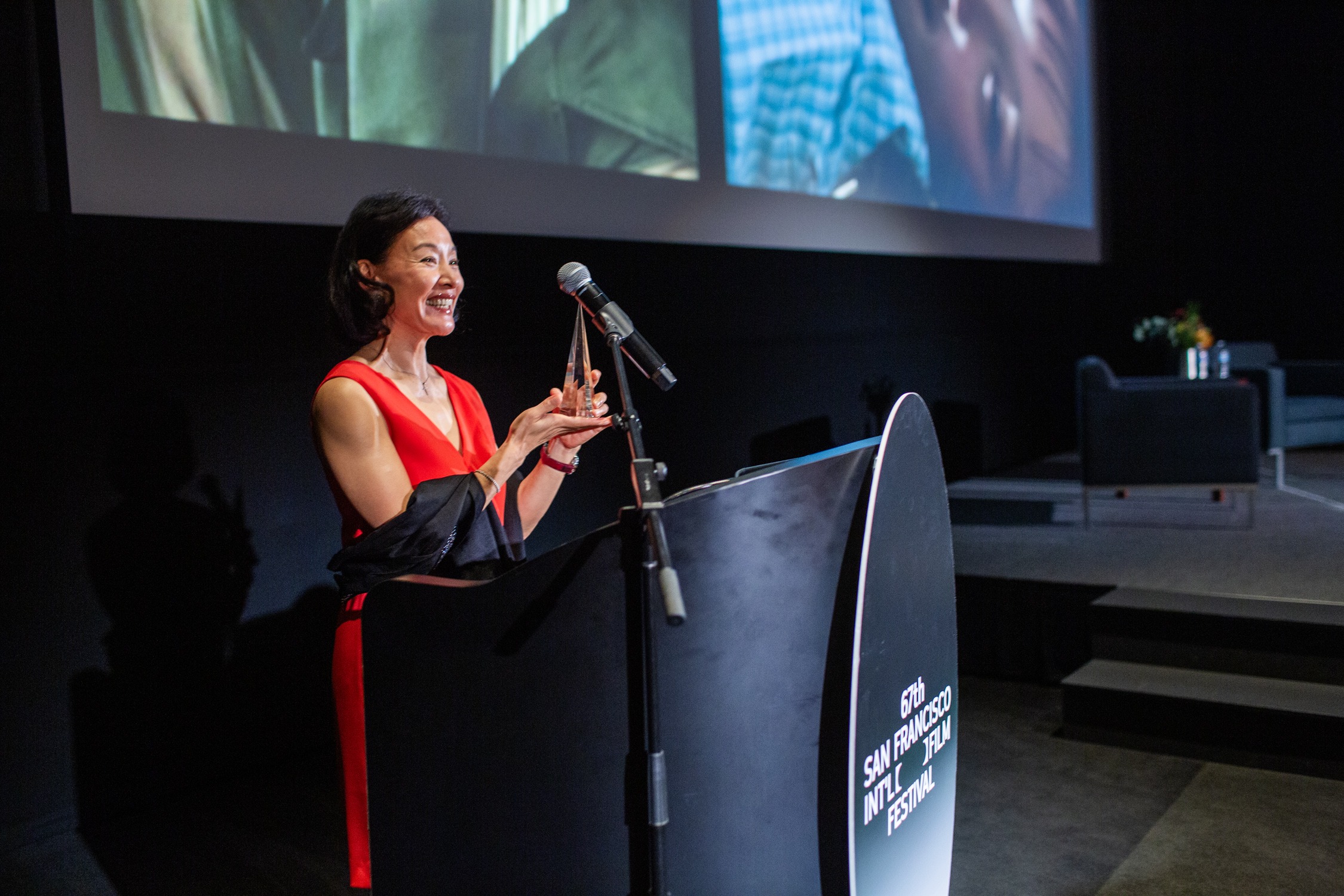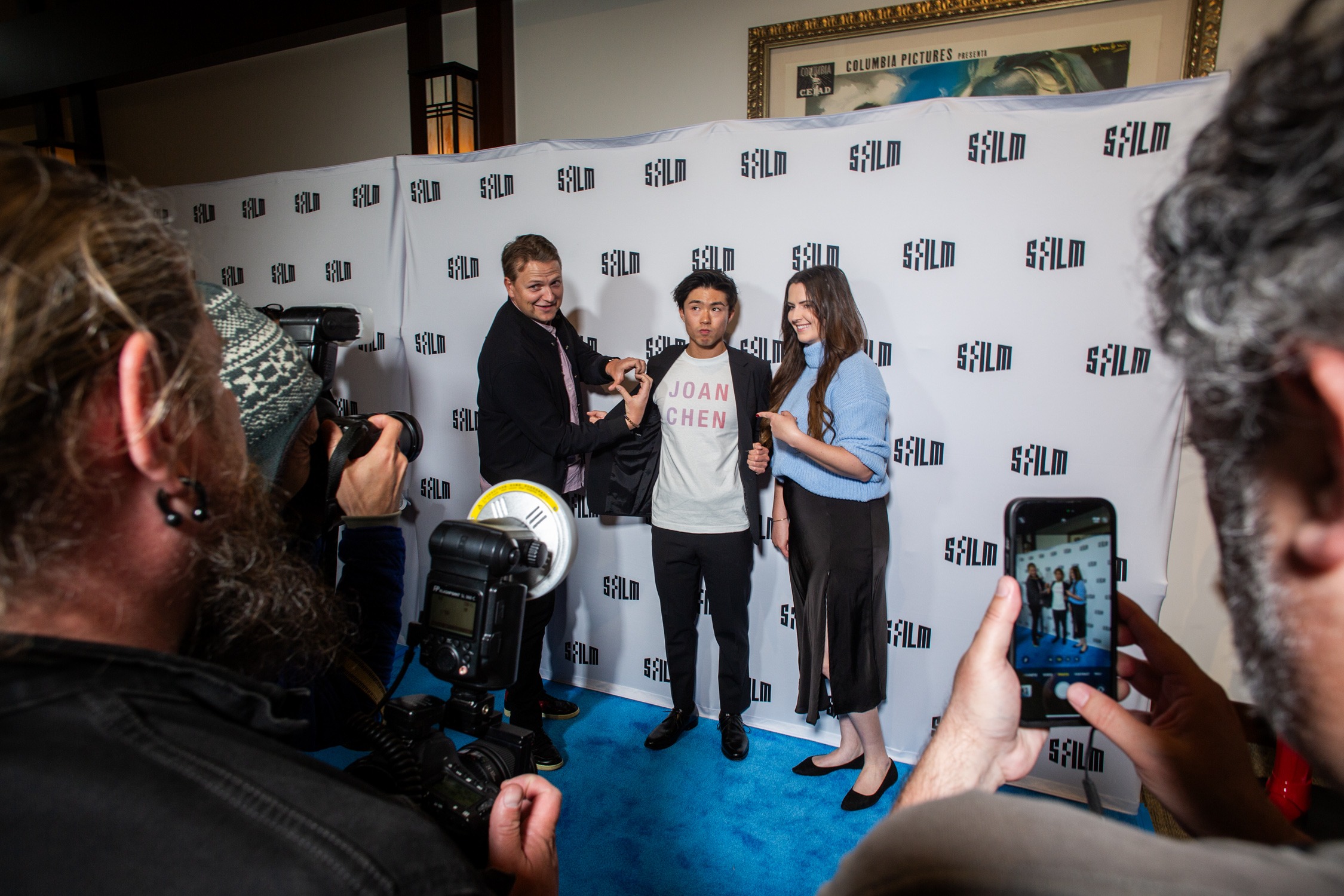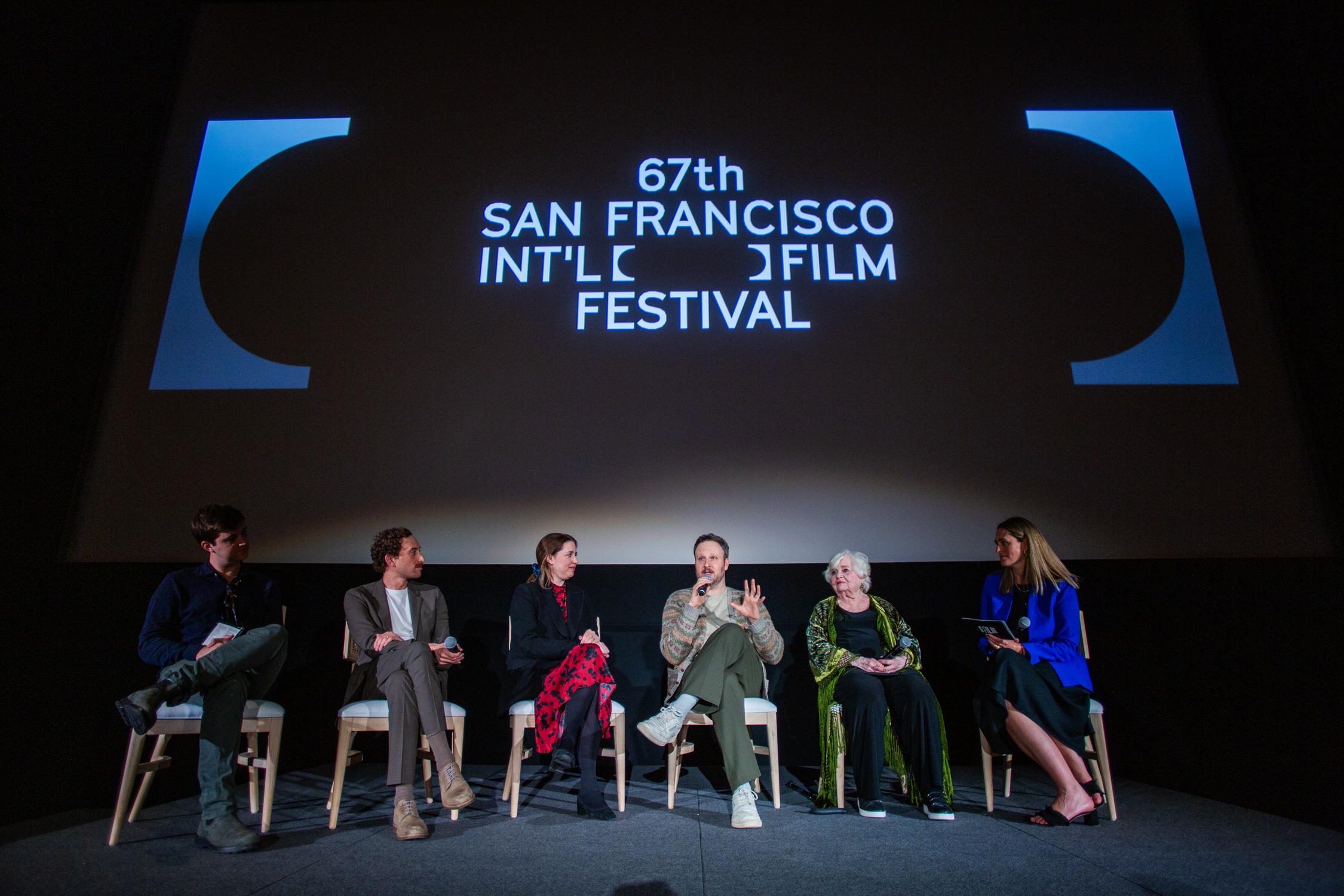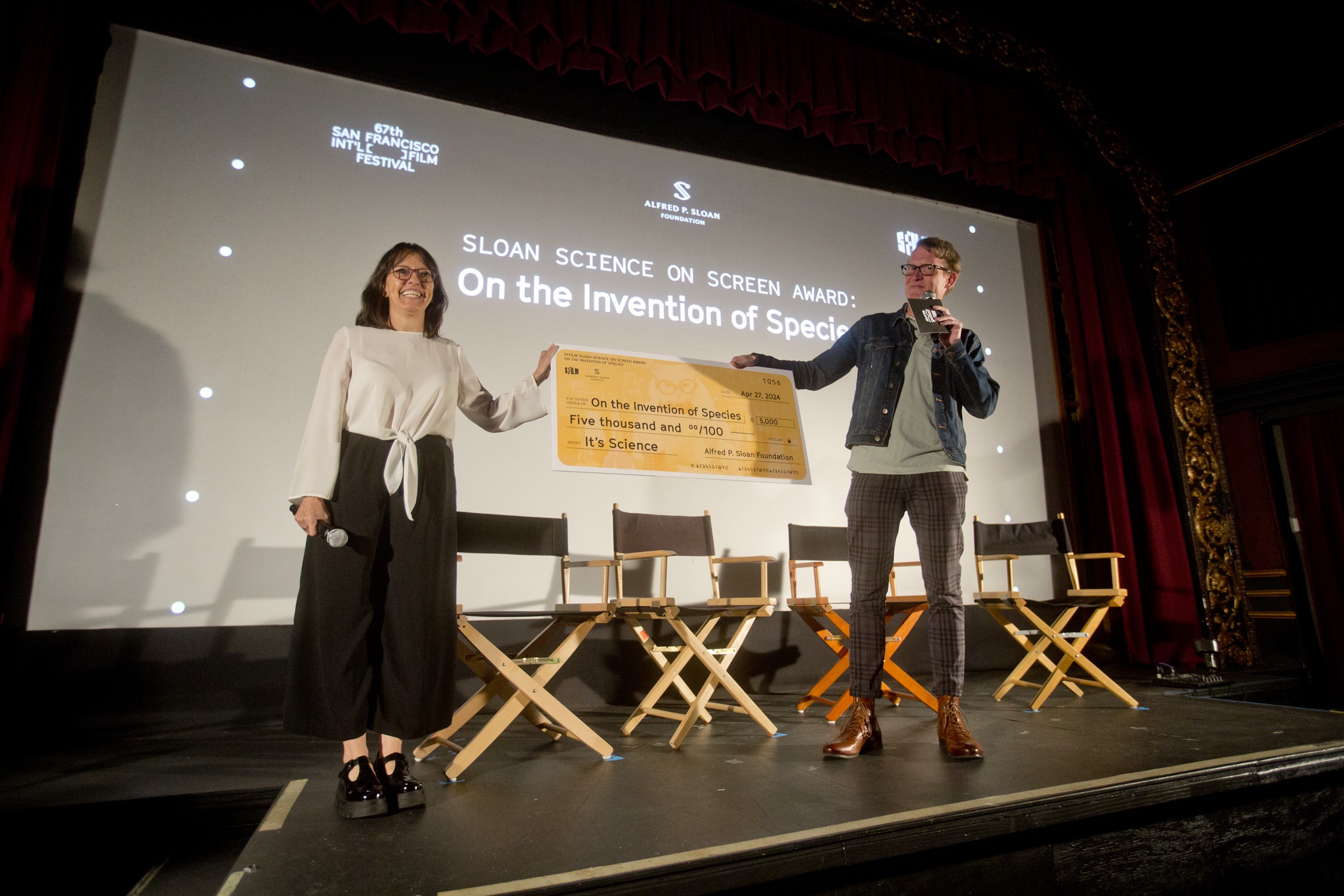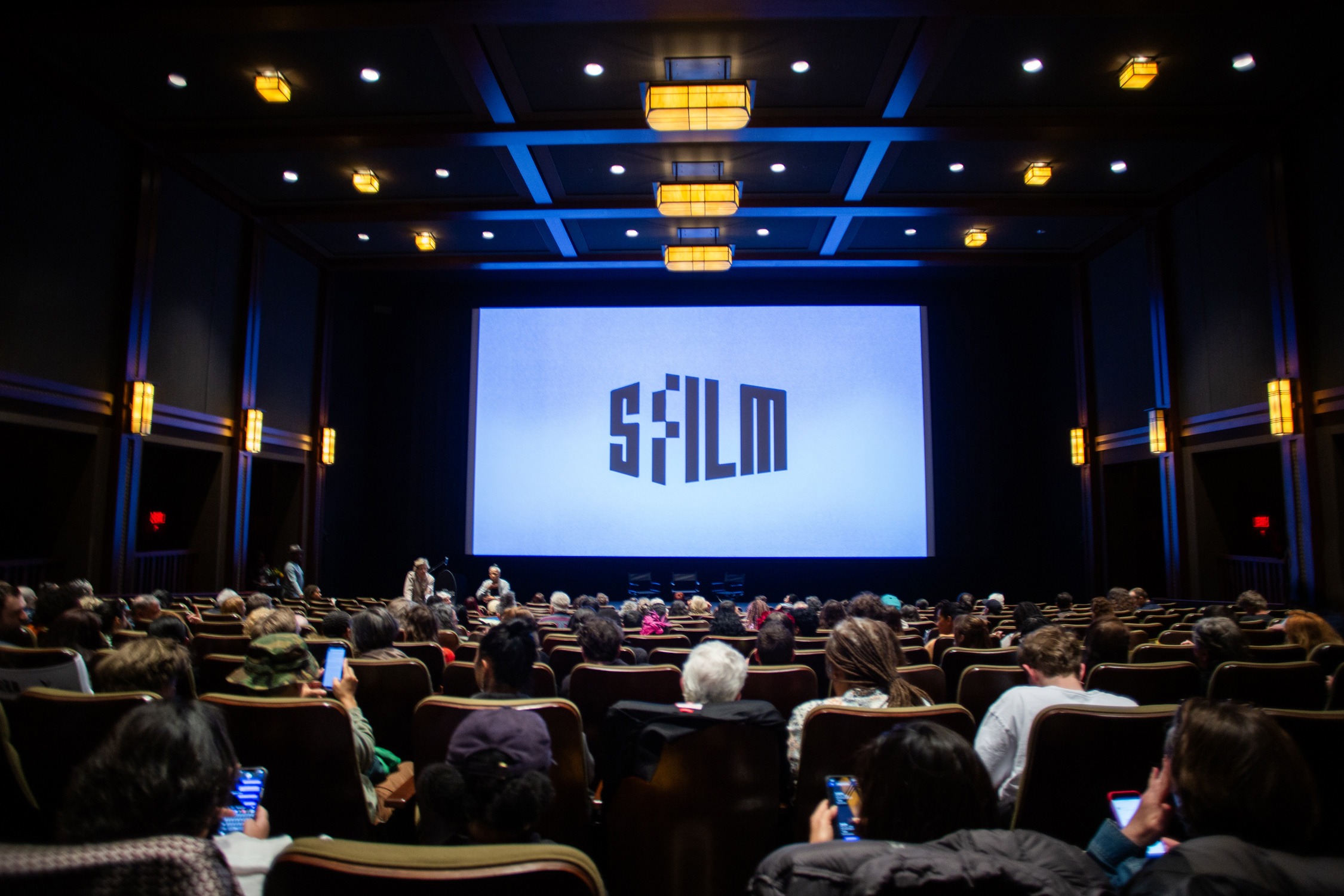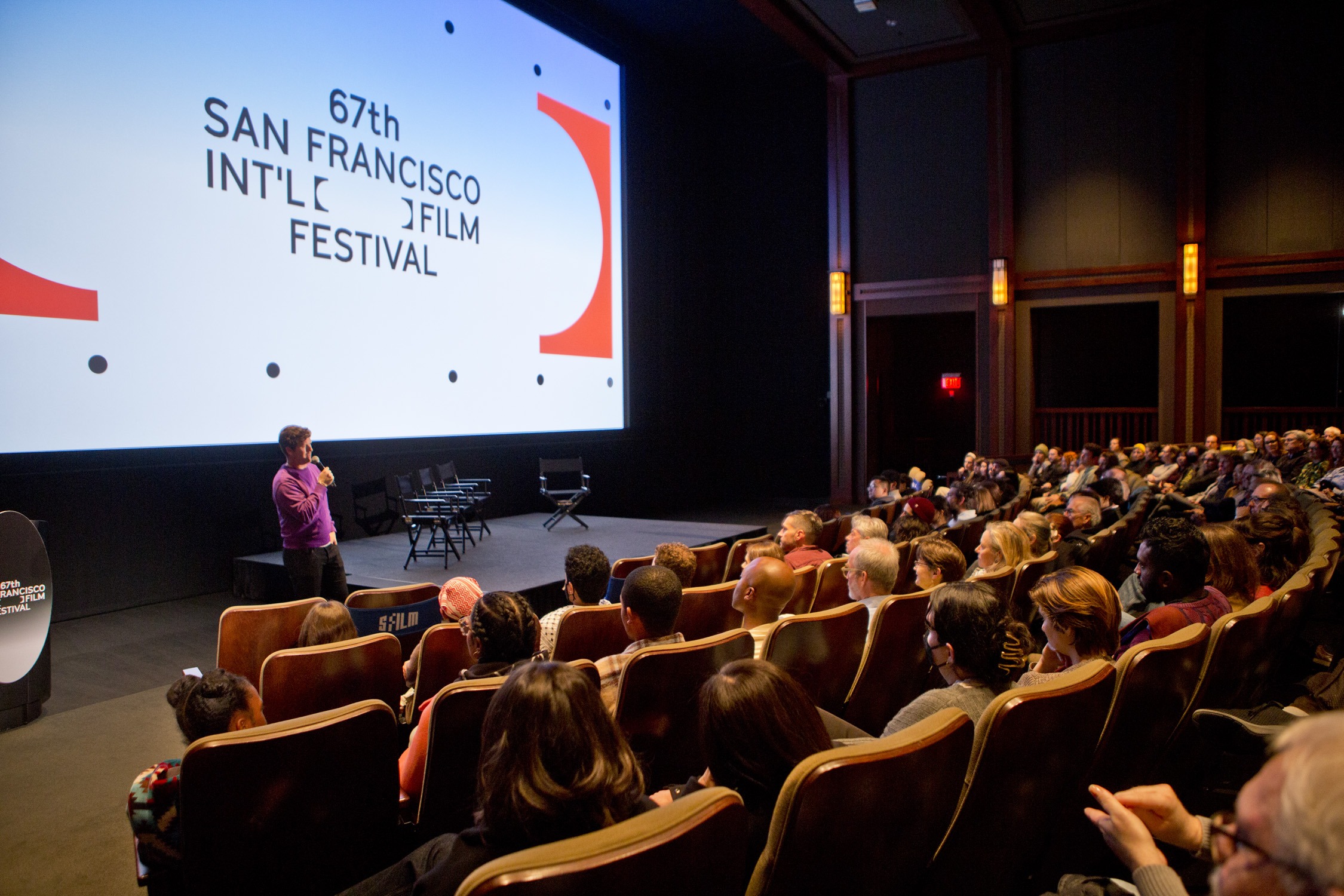SFFILM honored the inimitable Joan Chen with a career-spanning tribute. Before a very special 35mm screening of her award-winning feature directorial debut Xiu Xiu: The Sent-Down Girl, she and Janet Yang had an intimate—and illuminating—conversation about her path. From her early stardom in Beijing to her later ascension into fame in the US, their conversation touched on the difficulties of immigrating, learning how to navigate Hollywood, and making the jump from acting to directing.
“Films, Filmmaking, and being creative really has nourished me for almost 50 years.”
Watch the full conversation to hear more about Joan’s life and work including her most recent film Dìdi (弟弟), the Opening Night program for the 2024 SFFILM Festival. Dìdi (弟弟) opens in New York and Los Angeles on July 26, and in San Francisco on August 2. Be sure to get your tickets here!
A Tribute to Joan Chen—In conversation with Janet Yang
Stay In Touch With SFFILM
SFFILM is a nonprofit organization whose mission ensures independent voices in film are welcomed, heard, and given the resources to thrive. SFFILM brings the most exciting films and filmmakers to Bay Area movie lovers all year long. To be the first to know what’s coming, sign up for our email alerts and watch your inbox.
